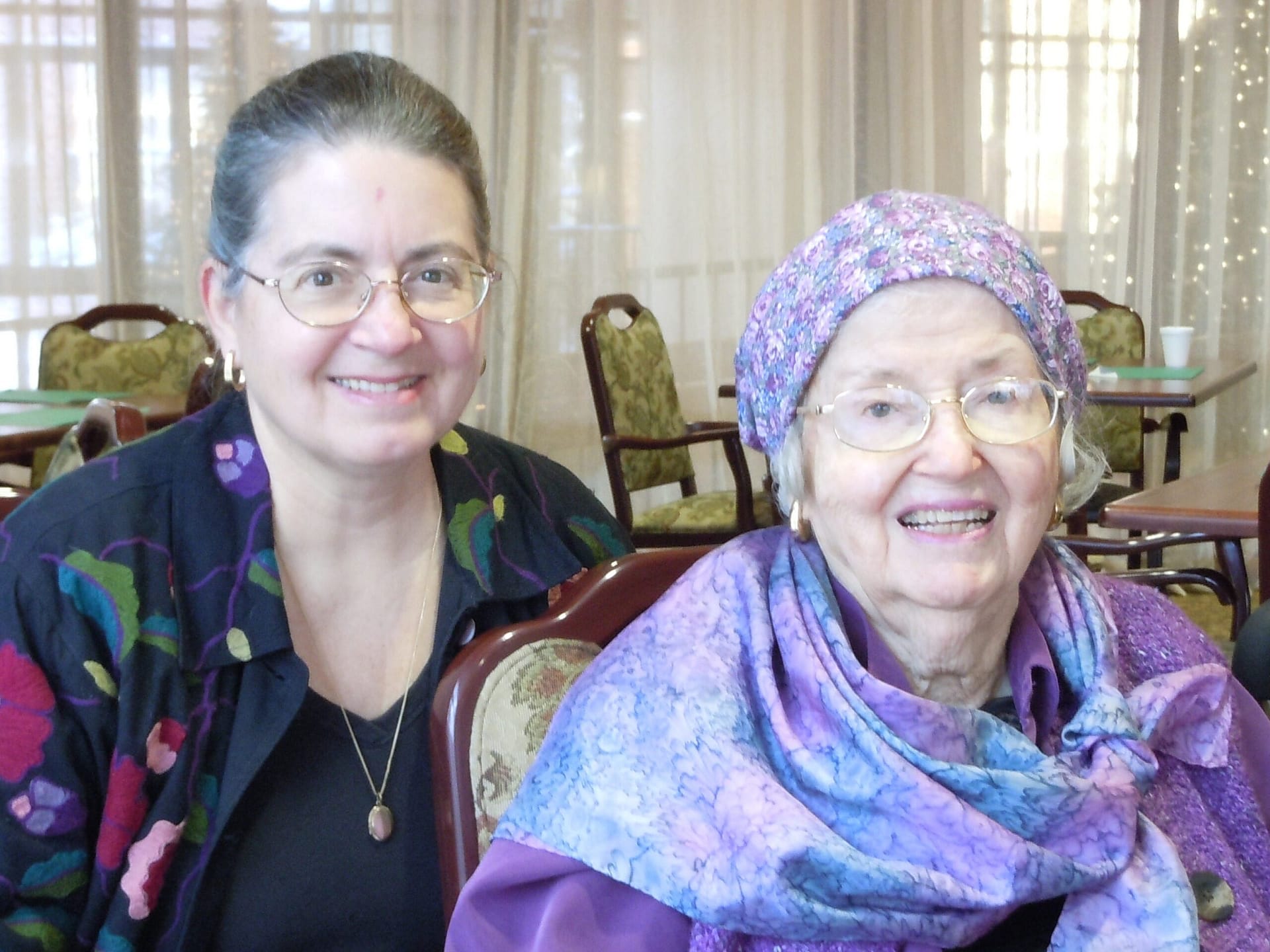
Anne Frenchick shared her story in April of 2019.
My mother, Jeanne, was put on hospice at the age of 99 due to scarring in her lungs and heart problems. She was a loving mother with a unique sense of humor and cared deeply for her family. Even at the end of her life and at such an advanced age she stayed cognitively sharp.
The last few years of her life were met with an increasing loss of independence. Everything she needed she had to ask for and she came from a generation that didn’t want to ask for help. Her loss of autonomy greatly diminished her quality of life and created much anxiety for her.
She said she was suffering and expressed a readiness to pass, often stating “I hope it happens soon.” Once she even asked me if there was something that I could do to help her. I told her that there was nothing I could do. “I guess I’d be worried about you if you had a plan,” was my mom’s reply – Jeanne was an unintentionally funny woman.
She had stopped enjoying many things that brought joy to her life, including her interest in food which was one of her greatest enjoyments. It just didn’t taste “right” anymore. She asked if there was any way to speed things up and asked, “Why is it so hard to get out of this world?” I had nothing to offer her but my presence; at times that was not even welcome when she didn’t feel well.
In the end, my mother caught a cold which weakened her considerably and lasted six days to her death. Just a week before, she had said, “This would be a good time for me to go.” My mother had specified that she only wanted comfort measures and fortunately I was there to ensure her wishes were honored. Sadly, however, my brother who lives out of state arrived in Minnesota just a couple of hours too late to be present with Mom during her last breaths.
My mother died on January 26, 2019 at the age of 100.
I wish my mother would have had the option of medical aid in dying so she could have died when she was ready, instead of continuing to suffer. I wish she could have died at home, as she preferred, with her family present to say goodbye.
I urge Minnesota lawmakers to listen to stories from their constituents; suffering can be present without physical pain. If you understood the suffering produced by diminished quality of life at the end of life you would come to the conclusion that medical aid in dying should be an option for those facing greatly diminished quality of life at the end. The key word is option. There needs to be options that suit varying situations, beliefs, and values.
Mail contributions directly to:
Compassion & Choices Gift Processing Center
PO Box 485
Etna, NH 03750